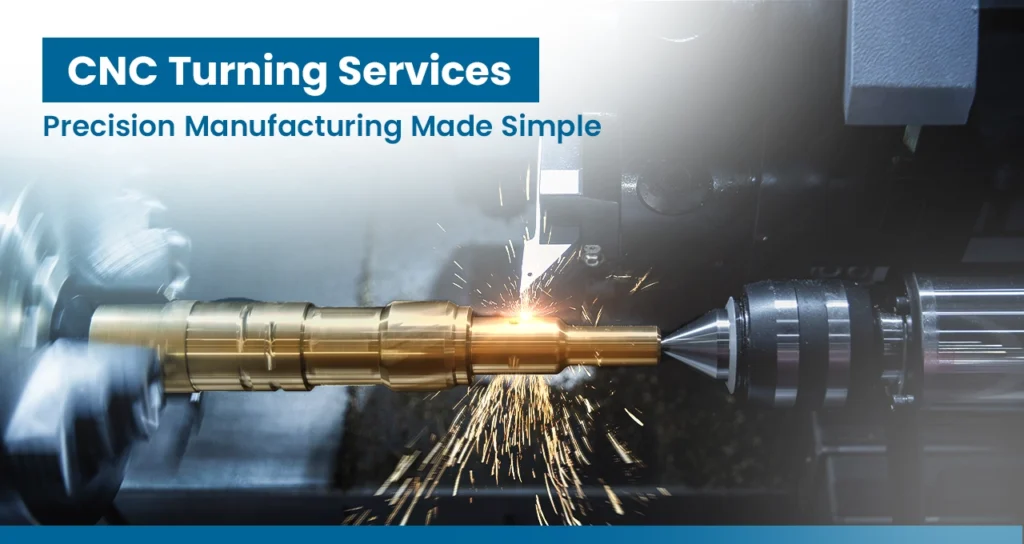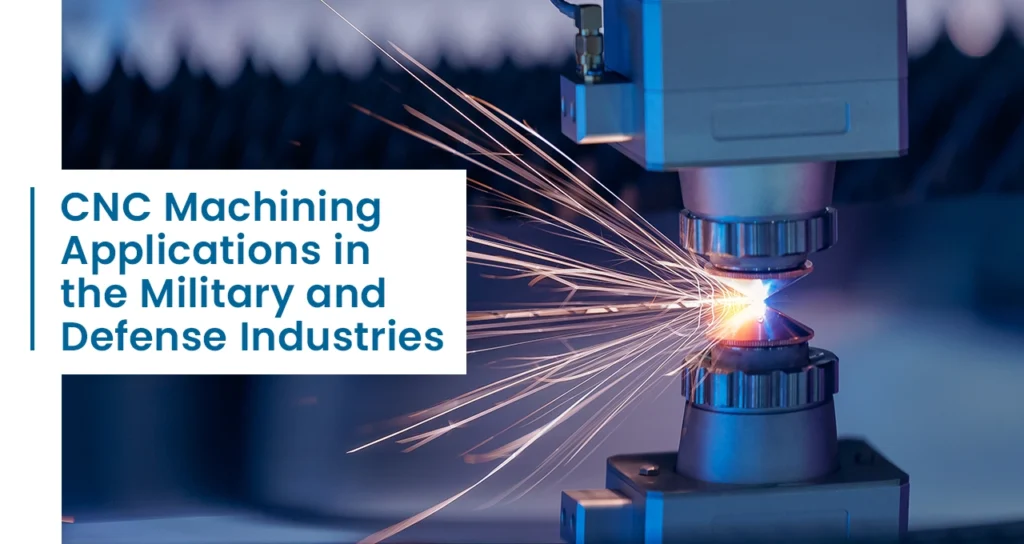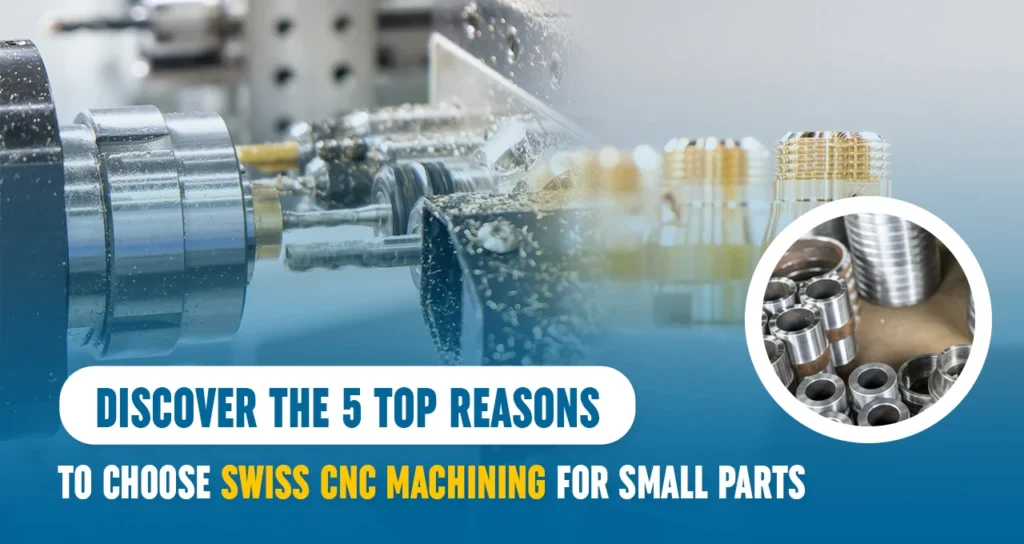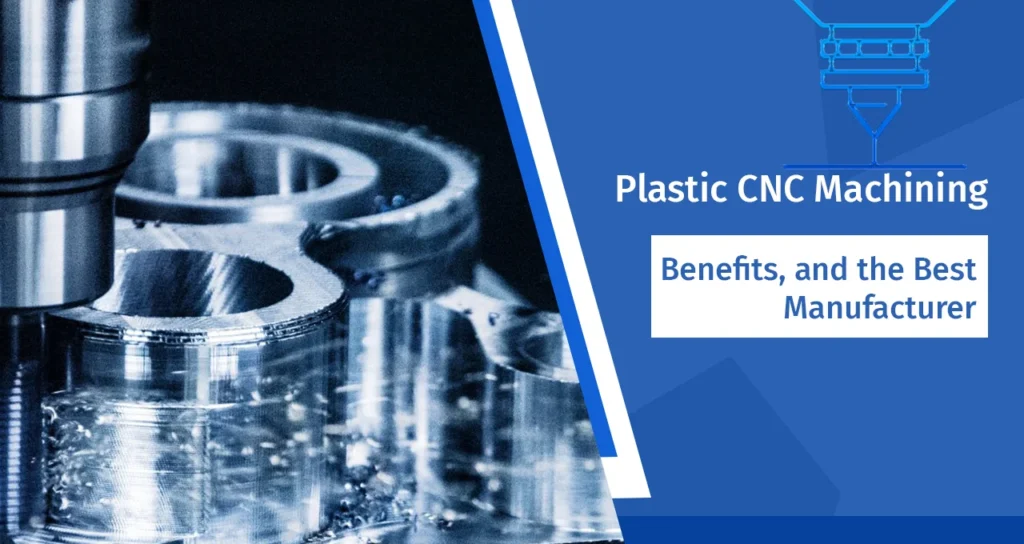As you continue your journey of developing and bringing a new product to the market, you have a series of decisions to make when it comes to prototyping — whether you’re going to launch a hardware or a software product, or the combination of both — you need to have a prototype made.
After you successfully laid the foundation for the development process and got you CAD models ready, you arrive at the next choice. Prior to making a prototype of your invention you need to decide what type of prototype you’re going to build. Whether you’re making it yourself or hiring a rapid prototyping company, you need to know the purpose your prototype will fulfil because it will help to select proper methods, techniques, and materials for building. With that in mind, let’s go through the types of prototypes and purposes behind building them.
Types of Prototypes
Mockup
This type is usually used as a simple representation of your product idea, to gauge physical dimensions and see its rough look. It’s especially useful for making physical models of complex and large products without investing a significant amount from the start. Mockup is perfect for initial market research and various types of early testing.
Proof of concept
This type of prototype is built when you need to validate your idea and prove that it can be realized. It comes in handy when approaching potential partners and investors.
Functional prototype
This kind of prototype is also called a “looks- and works-like” model because it has both technical and visual features of the product presented. It is used for testing product’s functionality, conducting consumer surveys, and fundraising campaigns.
Pre-production prototype
This is the most complex type that is made at the latest stage of product development. It’s used for ergonomics, manufacturability, and material testing, as well as to minimize risks of defects during manufacturing. This is a model that manufacturers use to produce the final product.
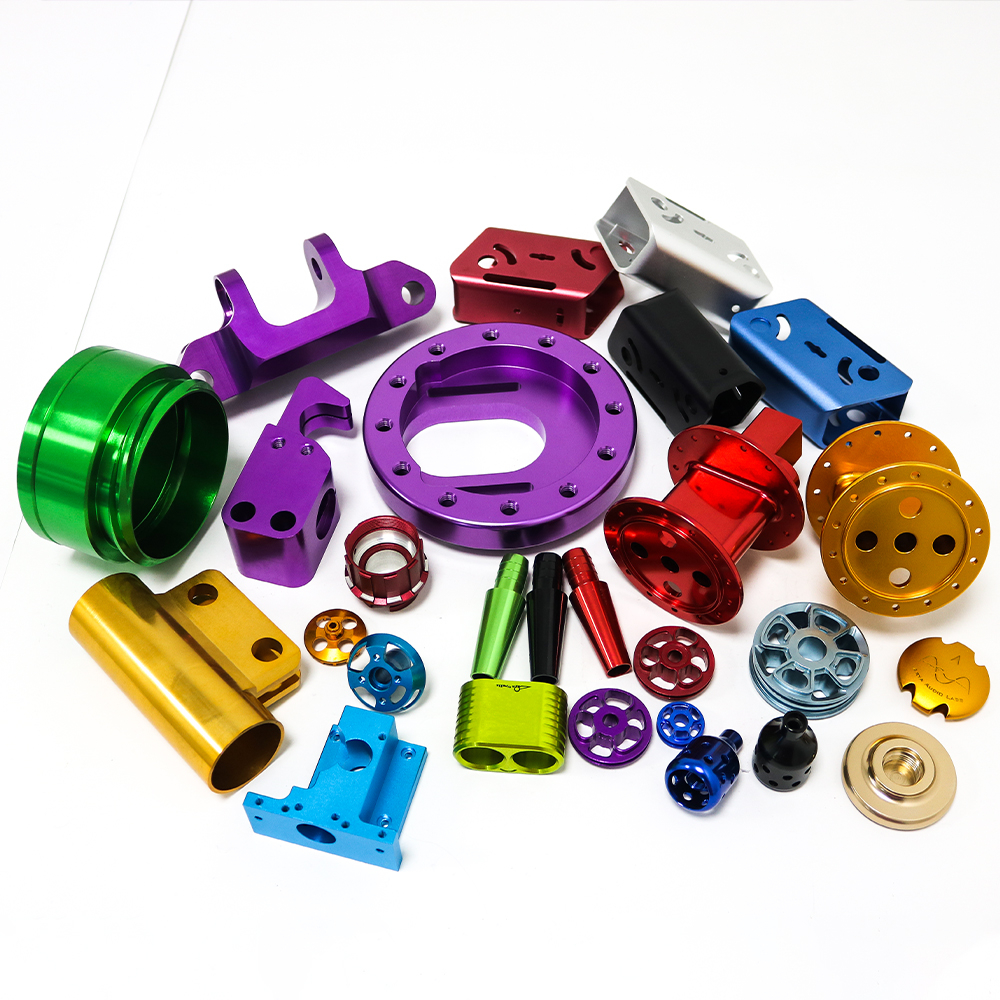
Choosing to Partner with Prototyping Company
It’s important to note that prototyping is an iterative process. It is a fusion of art and science that helps you to uncover the full potential of your product, which in turn increases its chances for market success. Therefore, you will likely go through several types of prototypes, with each kind usually requiring a few versions to achieve the parameters you set for the model.
And this process also requires help of a company that builds prototypes or of a professional product development team. You can start looking for the one after you made your first mockup or proof of concept. It is recommended because creating more complex prototypes implies the use of sophisticated equipment, sourcing of materials and components that could be too expensive or complicated to do without an established network of suppliers. Plus, skills and experience play a huge role in creating quality prototypes. Taking all three factors – equipment, experience and skills – into account, it’s smart to outsource your prototyping needs to a professional company.

